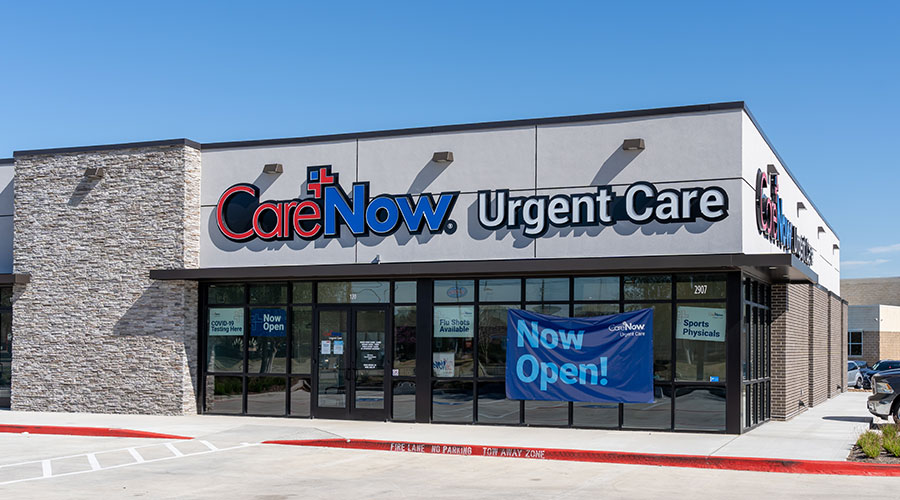Outpatient Facilities Spur Opportunities for Facilities Managers

As the demand for outpatient medical services surges, so does the importance of evolving spaces to accommodate the next generation of patients. Driven by an aging population, evolving patient preferences and technological innovation, the rise of medical outpatient buildings marks a significant shift in the future of healthcare delivery.
This transformation is creating expansive opportunities to influence and shape the healthcare landscape. Facility management expertise is increasingly vital in managing these dynamic environments, balancing operational efficiency with the complexities of modern healthcare needs as outpatient volumes continue to grow.
Demand drives facility investment
The image of aging is changing in the United States as baby boomers move into retirement and their needs pave the future of healthcare services. The senior demographic of individuals over 80 years old is expected to grow by 50 percent in the next decade, requiring increased outpatient services to meet demand, according to JLL’s latest Medical Outpatient Building Perspective report.
Aging populations typically require more care. While the population of individuals ages 65 and up comprises only 18 percent of the population in 2021, they drove 36 percent of healthcare spending, according to the report, and that number is expected to grow.
Coupled with the growing acceptance of complex procedures occurring in outpatient settings, the spike in aging patients underscores the need for specialized and holistic medical facilities equipped to handle these services, as well as the importance of experienced facilities management professionals to manage it all.
Telehealth spurs innovation
The mainstreaming of telehealth during COVID-19 shows that not all patient interactions need to occur in physical spaces. But the demand for physical outpatient services remains robust, as certain aspects of care — particularly those requiring specialized medical equipment or procedures — cannot be replicated virtually. In fact, 30 percent of telehealth visits lead to in-person care, according to JLL research.
The shift toward outpatient care has had a noticeable economic impact on healthcare real estate. Rising financing costs have limited new construction, resulting in a tightened market. Meanwhile, limited supply and steady demand have led to increased occupancy rates and rents. Once interest rates stabilize, additional development of outpatient space is likely to follow.
Facility managers need to stay ahead of the curve to optimize the use of outpatient spaces more effectively, reconfiguring to support hybrid models of telehealth and in-person treatments and enhancing the overall efficiency and convenience factor of healthcare delivery. The design and maintenance of medical outpatient buildings require a nuanced understanding of the medical procedures they house, ensuring buildings are equipped with advanced technological infrastructure and adhere to stringent health and safety regulations, while providing environments that enhance team, patient and visitor comfort and care.
Using a data-informed location strategy for site selection of new outpatient facilities is critical to optimize services and specialties, especially in fast-growing regions such as the Sun Belt, where demographic trends are most pronounced.
Along with the geographical and demographic factors, facilities managers need to consider the specific health needs of local populations to anticipate how these services will be used. Many hospital systems are investing in neighborhood hospitals that can deliver routine outpatient care, for example, rather than a traditional centralized medical system campus.
Folding in innovative practices such as sustainable and biophilic design also can contribute to the well-being of patients and caregivers while supporting climate resilience goals. These practices enhance the appeal and functionality of outpatient settings by bringing form to function, which can drive higher patient throughput and satisfaction.
As the healthcare landscape evolves, facilities managers are uniquely positioned to lead the strategic transformation of the future of healthcare. By embracing innovative management practices and staying informed on market trends, they can ensure that outpatient facilities meet the current demands of healthcare providers and patients and are prepared for future challenges and opportunities.
Alison Flynn Gaffney, FACHE, is president of the healthcare division of JLL Work Dynamics.
The post "Outpatient Facilities Spur Opportunities for Facilities Managers" appeared first on Healthcare Facilities Today

